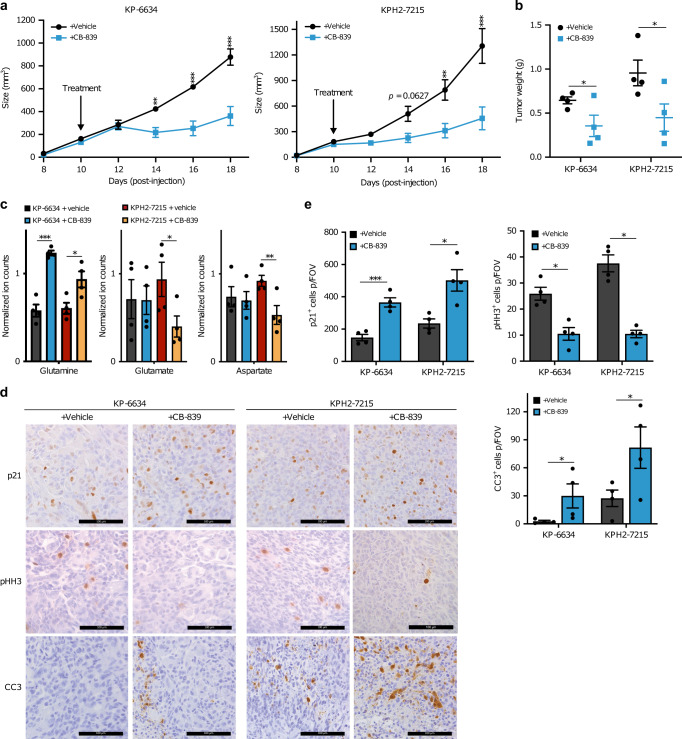Fig. 6. Glutaminase inhibition effectively blunts UPS allograft growth.
a Tumour size of subcutaneous KP-6634 (left), KPH2-7215 (right) allografts in vehicle (n = 4) or CB-839-treated mice (n = 4). Mice were treated once tumours reached ∼100 mm3 at ~10 days post-injection. Data represent mean ± s.d.; **p < 0.005, ***p < 0.0005. b Tumour weights from vehicle- and CB-839-treated KP-6634 and KPH2-7215 allograft mice (n = 4). Error bars are s.d.; *p < 0.05. c Normalized ion counts for glutamine, glutamate, and aspartate (left to right) in KP-6634 and KPH2-7215 allograft tumours from vehicle- and CB-839-treated animals. N = 4 with two technical replicates. Data represent mean ± s.d.; *p < 0.05, **p < 0.005, ***p < 0.0005. d Representative immunohistochemistry staining for p21 (top row), phospho-histone H3 (middle row; pHH3), and cleaved-caspase 3 (bottom row; CC3) in KP-6634 and KPH2-7215 allografts of vehicle- (n = 4) and CB-839-treated (n = 4) animals. Scale bars = 100 μm. e Quantification of p21+ (top left), pHH3+ (top right), and CC3+ (bottom right) cells per field of vision (FOV) in vehicle- and CB-839-treated animals. N = 4 with five images taken per section. Data represent mean ± s.e.m.; *p < 0.05, ***p < 0.0005. p-Values were calculated from a two-tailed Student’s t-test for a–c, e. Source data are provided as a Source Data file.

